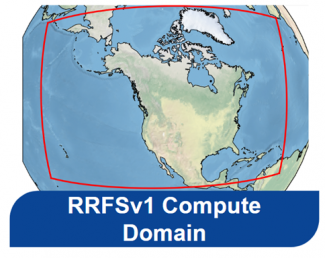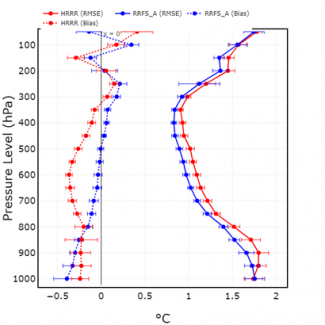Eric Gilleland is a Project Scientist II with the Joint Numerical Testbed (JNT) at NSF NCAR. He lends his expertise to applying statistical methodology to a wide array of applications. In particular, he identifies trends in meteorological quantities within a climate context, designing new methods for comparing large spatial fields such as high-resolution weather forecast verification, and extensive work in extreme-value analysis. Eric also manages the highly successful DTC Visitor Program.
Eric is a bit of a unicorn being born and raised in Boulder, CO. As a child, he loved sports, especially basketball and anything that required running. He started weightlifting when he was 14, using the YMCA gym because they allowed kids under 18. Heavy metal was the soundtrack for his teenage years. As for school, he preferred math because he liked to “figure things out.” He majored in mathematics at the University of Colorado (CU Boulder), though it was more abstract than he bargained for, but he stuck with it anyway. As an undergrad, he tutored math for the CU athletic department, which was exciting because CU’s football team was one of the top five in the nation.
As is the case for many, his career path was anything but linear. His original plan was to teach high school math, but he changed course and went to graduate school at Arizona State University (ASU) to become an actuary and eventually discovered statistics. Eric switched majors and earned a Masters in statistics from ASU, and earned a Ph.D. from the world-class statistics program at Colorado State University (CSU).
During the summer before starting graduate studies at CSU, Eric worked for the US West phone company and nearly did not go back to school. But, he quit when workers went on strike because he didn’t want to cross the picket line, and returned to CSU. During that year, he worked multiple jobs to pay for school. Eventually he was offered a graduate research position at NSF NCAR with the statistics group called the Geophysical Statistics Project (GSP) led at the time by Doug Nychka. Doug was an adjunct faculty at CSU and he served as Eric’s Ph.D. advisor. Before finishing his Ph.D., Eric accepted an Associate Scientist II position working with Barb Brown in the Research Applications Lab (RAL). He finished his Ph.D. a couple of years later, focusing on spatial statistics and extreme-value analysis.
One of Eric’s main contributions to the DTC is to advise what elements should be included in MET/METplus, and assist with staff and external collaborators’ statistics questions. One of his favorite topics since joining Barb Brown’s group has been working on spatial forecast verification methods. He also enjoys working on extreme-value analysis applications when he has time. Eric manages the DTC Visitor Program, which draws collaborators from a wide range of organizations and institutions, and is a tremendous asset for the DTC. Eric feels one of the big challenges inherent in working for the organization is obtaining funding, which is a commonly held concern. But collaborating with great people is the best reward.
Eric spends his free time weightlifting and running. He has dabbled in French, and his Spanish wife motivates him to learn Spanish. He also learned a fair amount of Frisian, a North Sea Germanic language, spoken by about 500,000 people who live in a province called Friesland on the southern fringes of the North Sea in the Netherlands. It was once considered the closest language to English. He discovered this interest as a child but put it aside until adulthood when he could do a deep dive and build his passion for it.








